May 24, 2025
Author:Amanda Lyu
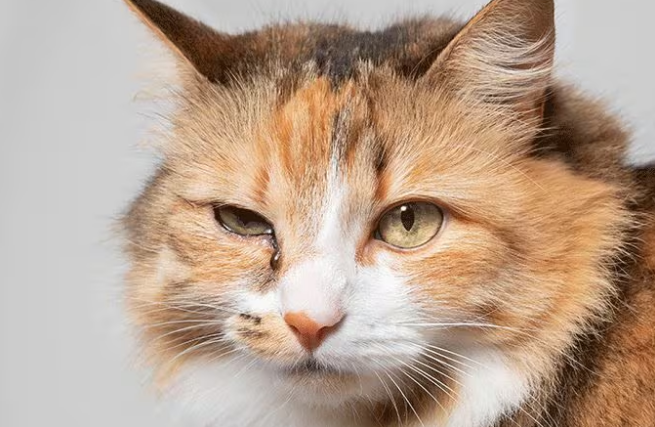
Sometimes, you might notice a reddish-brown stain near the corner of your cat’s eye and start to worry. Is it painful? Is it normal? Will it go away or get worse? Don’t panic. In most cases, cat eye stains look more serious than they really are, but they still need your attention and care.
This guide will help you understand everything about cat eye discharge reddish-brown. You’ll learn how to tell the difference between normal tear stains and signs of a problem, how to clean the area gently, and when it’s time to call the vet.
Every healthy eye washes itself with a thin film of tears. Those tears keep the cornea slick, flush out dust, and supply oxygen to tissues with no blood vessels of their own. You spot a clear, watery bead now and then?
That is fine—especially after a nap or a playful romp. Trouble starts when those clear tears darken, thicken, or cling to fur where bacteria love to grow. When the wet mark dries into a brownish crust, owners often type ‘cat eye discharge reddish-brown’ into a search bar and brace for bad news. Let us break it down one layer at a time.
Tears carry a natural pigment called porphyrin. Air and light oxidize porphyrin, just like a sliced apple that browns on the counter. Oxidation deepens the reddish tint and leaves a rusty mark on white or pale fur. Blood can also tint tears if tiny vessels inside the eyelid inflame or break. Add skin bacteria that feast on warm damp fur and the color darkens even more. In short, reddish stains form when:
● Excess tears sit too long on fur
● Porphyrin oxidizes in fresh air
● A bit of blood mixes in after mild irritation
● Microbes grow in the moist spot
Knowing these steps helps you trace the true cause instead of guessing in the dark each time you see cat eye discharge reddish-brown on a tissue.
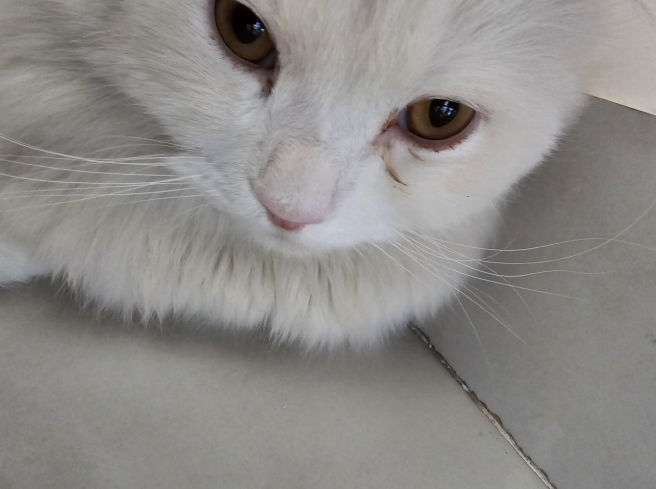
When tears cannot drain into the nose, they spill over the lower lid. Flat-faced breeds such as Persians, Himalayans, and exotic shorthairs top the list because short snouts pinch tear ducts. Long-haired cats also trap moisture against fur, so daily grooming matters. If your black-coated companion sports a dramatic look, those stains may show less, yet the skin under them still needs care.
Dust, pollen, perfume, cigarette smoke, even strong cleaners can set eyes watering. When the trigger lingers, stains darken. Remove scented candles or dusty drapes and see if the streak fades. Your cat’s odd habit of pooping on the bed might share the same root cause—an allergy that upsets more than one body part.
Pink, swollen eyelids often ooze thick goo. Viral partners like feline herpesvirus start it, and bacteria join the party. Thick mucus dries into stiff reddish crud. Early vet care, eye drops, and sometimes oral antivirals clear it up fast.
Sneezes, sniffles, and runny eyes travel as a pack. Kittens and shelter rescues catch these bugs often. Warm steam in a bathroom and prompt antibiotics keep infections from scarring delicate tear ducts.
A stray claw during play, a seed husk from the yard, or rough dust can scratch the cornea. The eye floods itself to wash the pain away, and streaks of blood tint the tears. If light makes your cat squint or she paws her face, head to the clinic.
An infected upper tooth can swell tissue near the tear duct and dam the normal flow. Senior cats who already need extra hydration—check this simple chart for daily water goals—face this risk more than spry youngsters.
You can wipe stains at home, but book an appointment right away when you spot:
● Sticky yellow or green pus
● Swollen, red, or very painful eyelids
● Cloudy or bluish cornea
● Frequent squinting or light shyness
● Head tilting or balance loss
● Discharge plus fever or loss of appetite
Cats hide pain well, so treat any sharp change in eye appearance or behavior as an emergency. A quick exam slows problems before eyesight pays the price.
The clinic team starts with a bright light and a magnifier. They look for scratches, ulcers, or tiny pests. Next comes a fluorescein dye test to confirm open wounds or blocked ducts. In some cases the vet flushes the tear duct under a light sedative. They may culture the discharge to select the best antibiotic drop. Precise checks beat guesswork and shorten healing time.
If exams show a stubborn duct block, tiny surgery can open a new exit path. Cats bounce back fast, and owners love the clean, dry fur that follows.
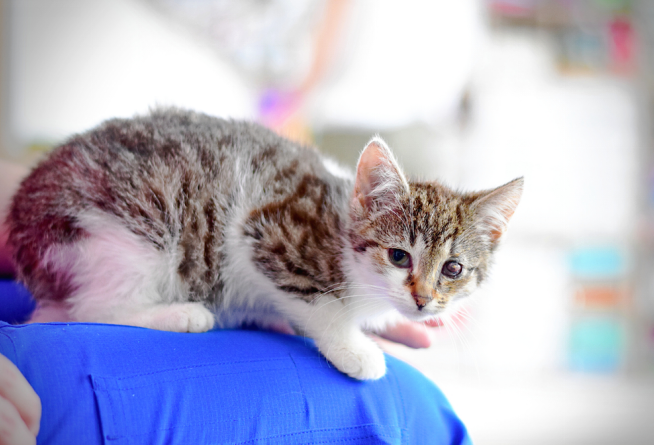
You hold the front line against cat eye discharge reddish-brown every morning. Use these easy steps:
1. Wash your hands.
2. Dip a clean cotton pad in warm saline (¼ teaspoon of salt in a cup of boiled, cooled water).
3. Swipe gently from the inner corner outward. Always use a fresh pad for each eye.
4. Dry the area with soft gauze.
5. Trim long facial fur with blunt-tip scissors or ask a groomer.
Do not share eye wipes between pets. Avoid harsh soaps or human eye drops. Quick, kind care stops porphyrin stains before they set like rust.
Daily habits that prevent new stains
Healthy habits that lift whole-body wellness also cut the odds of ongoing cat eye discharge reddish-brown episodes.
● Grooming: Comb the face of long-haired breeds each day. A small trim around the corner of the eye keeps fur from wicking tears onto skin.
● Clean water: Cats who drink more flush toxins better. Try a flowing fountain; this care guide shares filter tips.
● Balanced meals: Dry skin and brittle fur show when meals lack key nutrients. A smart feeder keeps portions stable—see how automatic routines help.
● Limit dust: Vacuum often and swap scented sprays for mild cleaners.
● Regular checks: Use the standard weight chart to catch gradual swelling that might hint at hidden dental or duct issues.
Road trips stir dust and stress. Pack sterile saline, cotton pads, and your vet’s number before you travel by car. Crack windows for fresh air, and run the fan on low to keep irritants down.
Older friends dehydrate faster. A fountain placed far from the litter box tempts more sips, and you can learn clever hydration hacks that vets trust.
Spaying or neutering lightens the hormone load and calms some allergy flare-ups. Read why sterilization improves overall health, eyes included.
Bowls that press whiskers can add stress and change drinking habits. A shallow dish or fountain eases whisker fatigue and lifts daily water intake.
No. Light rust marks on pale fur can appear even in healthy eyes. Watch the texture. Thin watery marks without odor rarely mean trouble. Thick, smelly gunk or new swelling needs a quick vet check.
Daily wipes work best. Fresh moisture lifts off easily, while dried crust sticks like glue. One gentle swab each morning keeps bacteria away and lets you spot any new change the moment it starts.
Nutritious meals support the immune system and skin health, but diet alone cannot fix blocked ducts or infections. Pair high-quality food with vet care and steady grooming. If you juggle a busy schedule, an automatic feeder can hold that routine steady.
Wrap him in a snug towel burrito. Ask a friend to hold the bundle, then wipe quickly. Praise and treats teach him that eye care brings rewards. Some owners also set up a pet camera feeder to deliver snacks right after cleaning.
An annual exam catches silent issues before they spread. Seniors or pets with chronic stains may need twice-yearly checks. This short guide on routine vet visits explains what each appointment should cover.
The rusty smear that sparked worry at dawn does not have to cloud your whole day. Now you know why porphyrins darken, how blocked ducts flood fur, and which signs raise the red flag. You can wipe stains with warm saline, upgrade water stations, and file the vet’s number under favorites. You also have clear markers for urgent care: thick pus, swelling, cloudiness, or pain.
Stay curious, observe often, and keep your grooming kit within reach. With steady hands and early checks, you and your cat can face down cat eye discharge reddish-brown together and step back into sunny playtime faster than you ever feared.
In the end, clear eyes tell a bright story: comfort, health, and many more mornings of gentle head bumps and warm purrs.
Label:
Popular Post
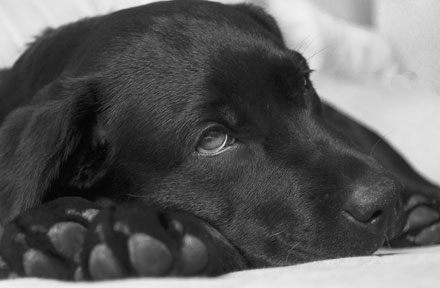
What to Feed a Sick Dog With No Appetite? [2025 Guide]
May 16, 2023
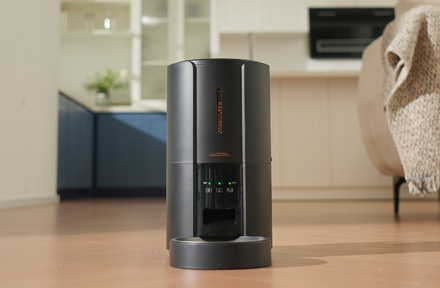
Troubleshooting Common Issues with Automatic Pet Feeders: Tips & Tricks for Pet Owners
Oct 26, 2023
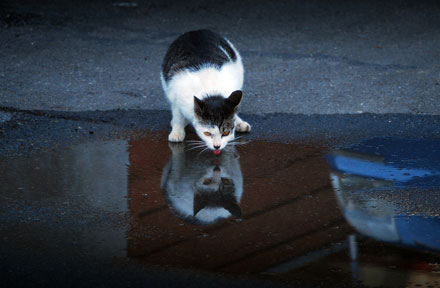
Why Does My Cat Cough After Drinking Water? 8 Potential Reasons
Mar 13, 2023
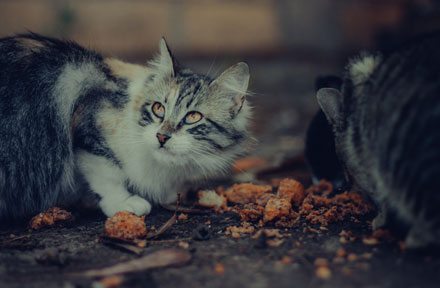
My Cat Only Eats A Little at A Time - What to Do?
Feb 27, 2023
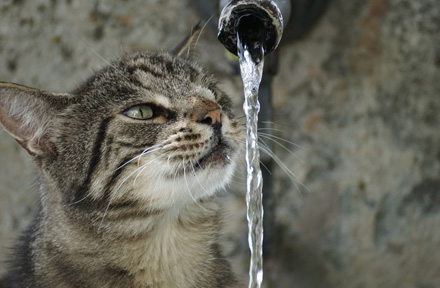
Why is My Cat Throwing up Water? Top 5 Causes Here
Feb 08, 2023
$99.99
$129.99
Copyright © 2025 WOPET. All Rights Reserved.